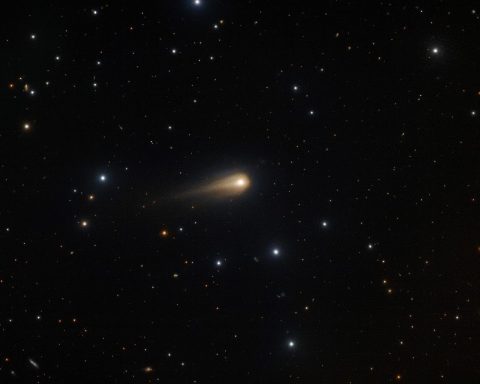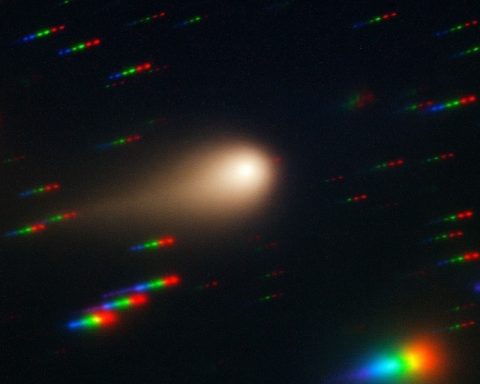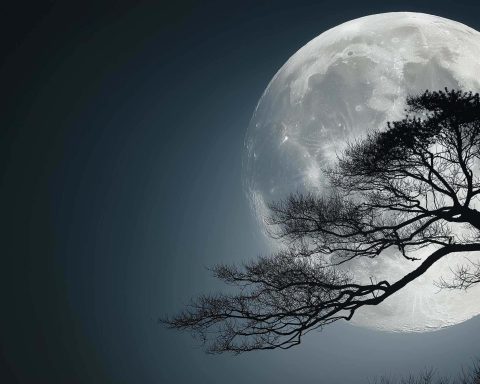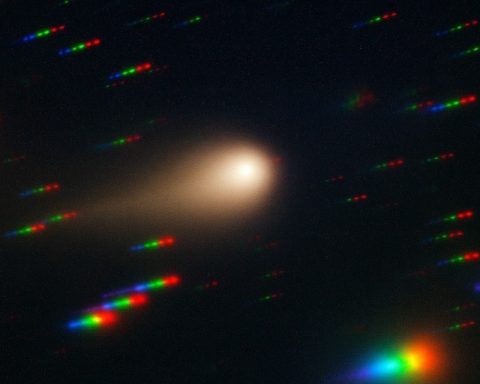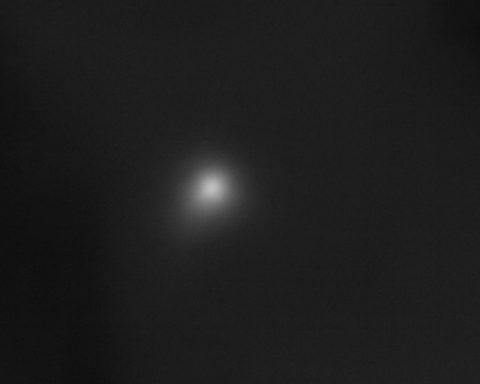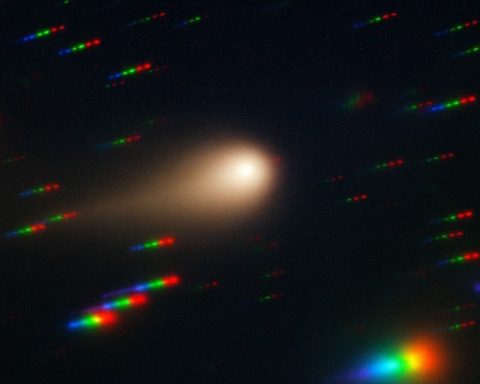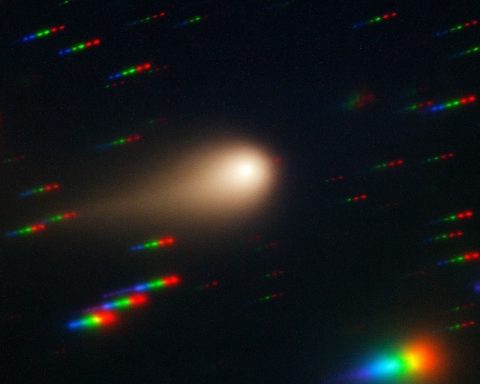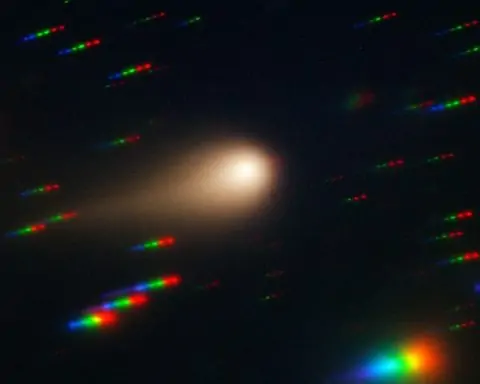
Interstellar Comet 3I/ATLAS: Ice Volcanoes, Radio ‘Signals’ and a Planetary‑Defense Drill as It Skims Past Earth This Month
Updated: December 4, 2025 A once‑in‑a‑lifetime interstellar visitor is putting on its strangest act yet. New observations released in the last few days suggest that the comet 3I/ATLAS – only the third known object to enter our solar system from another star – is:
